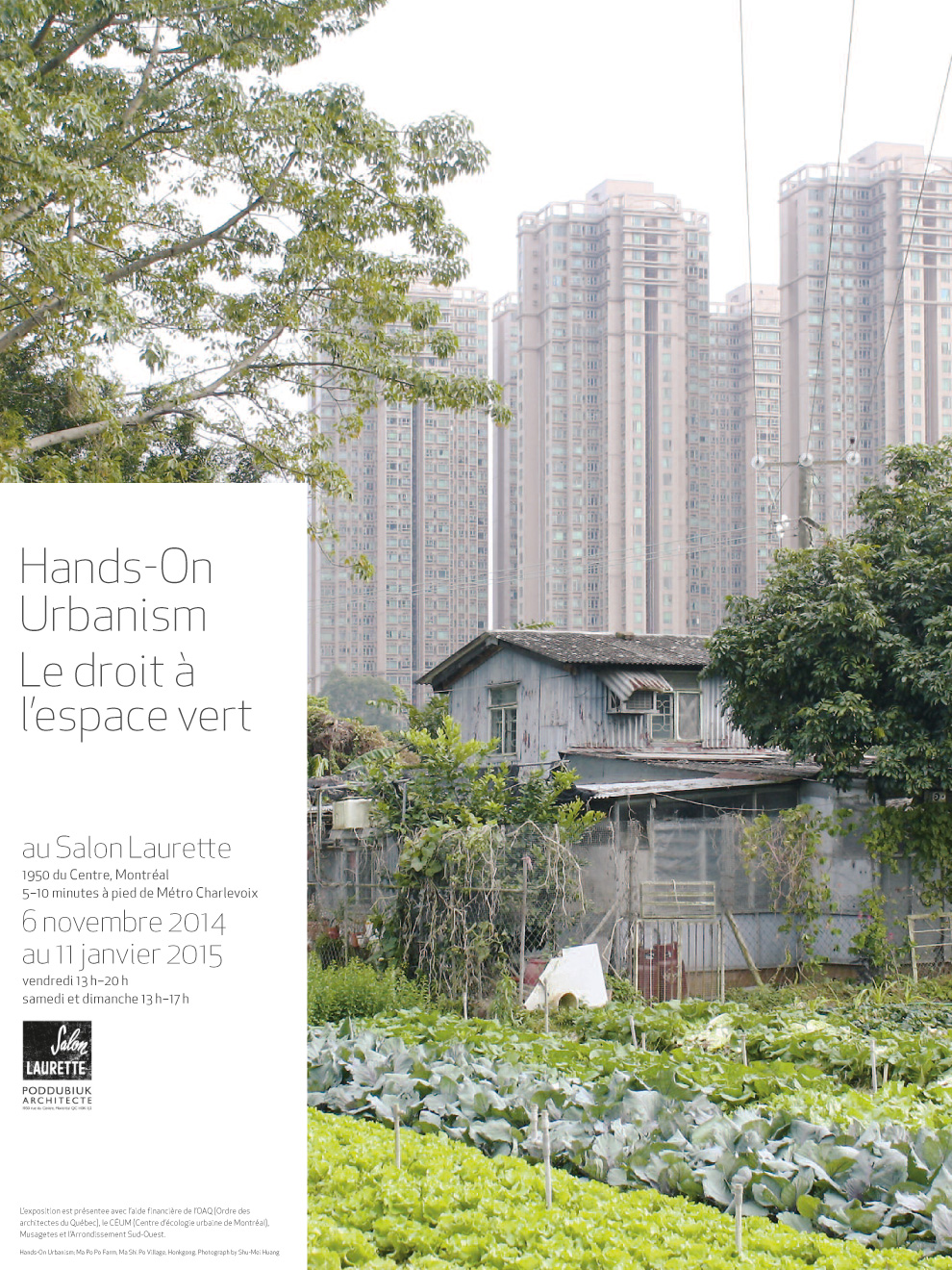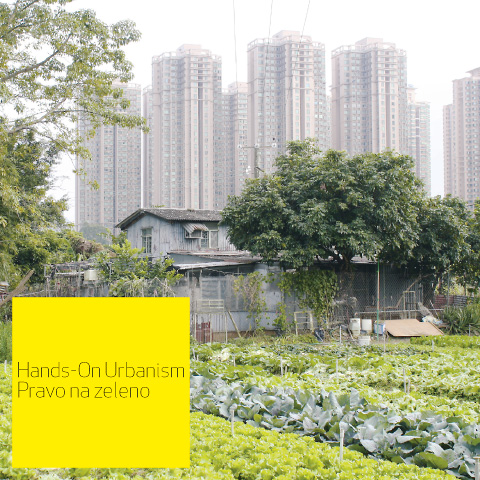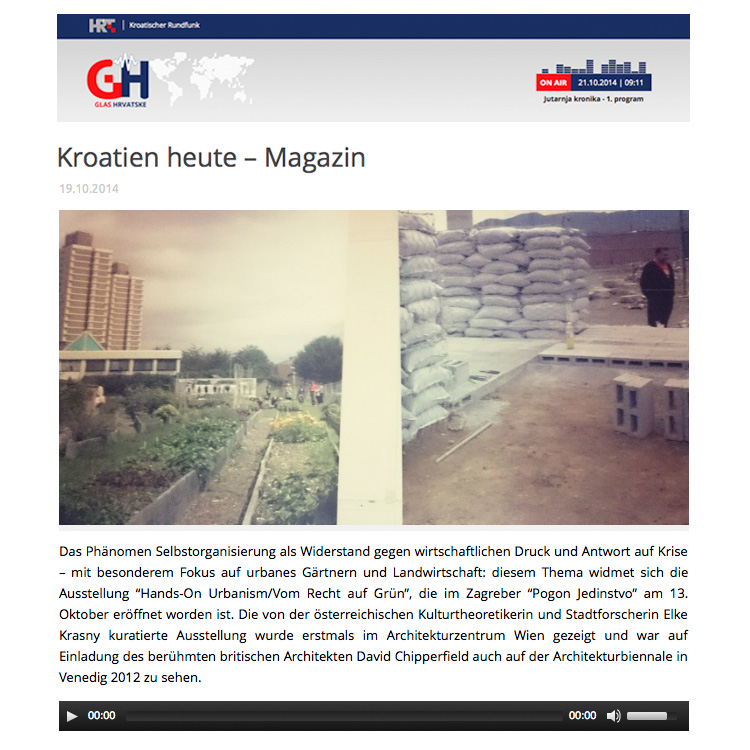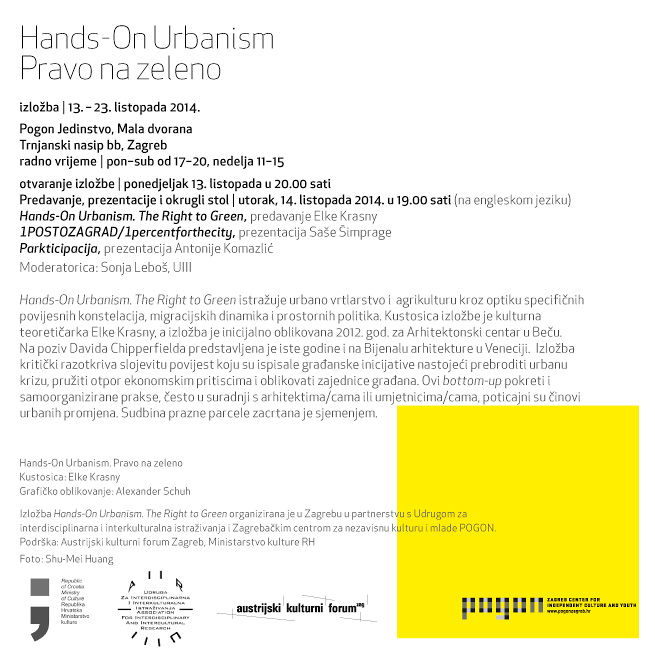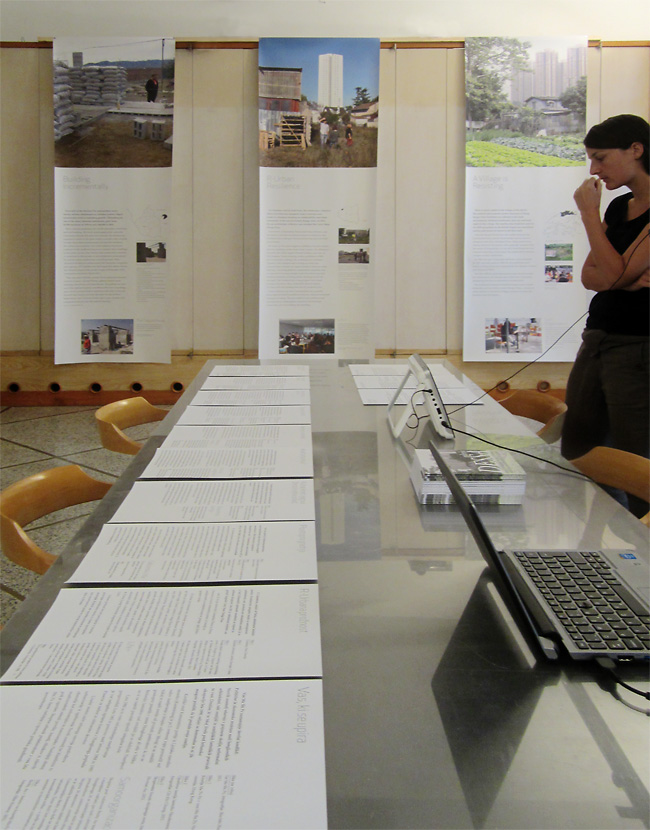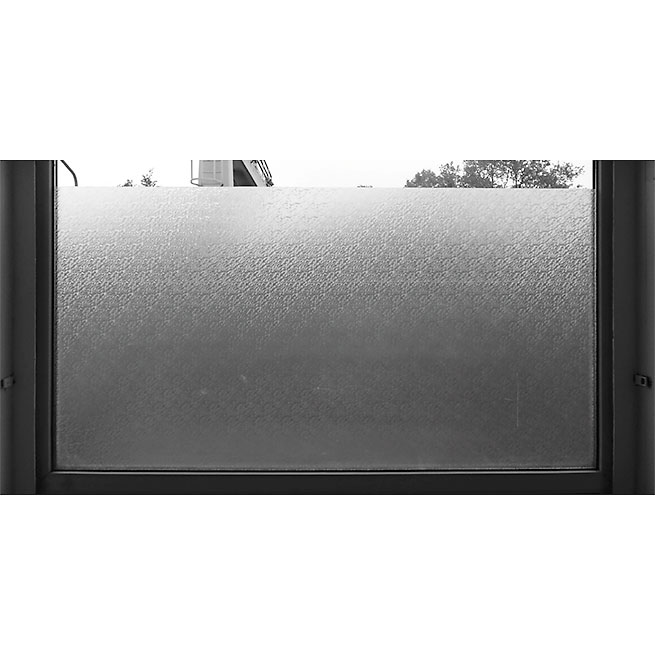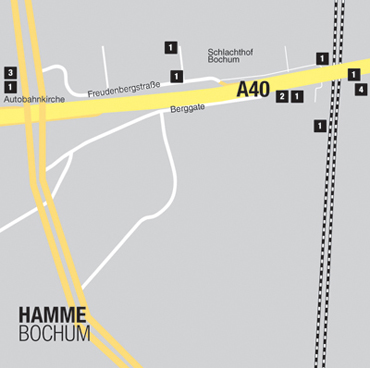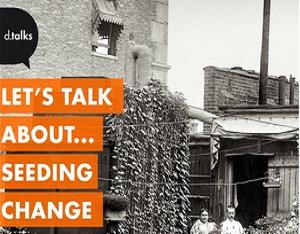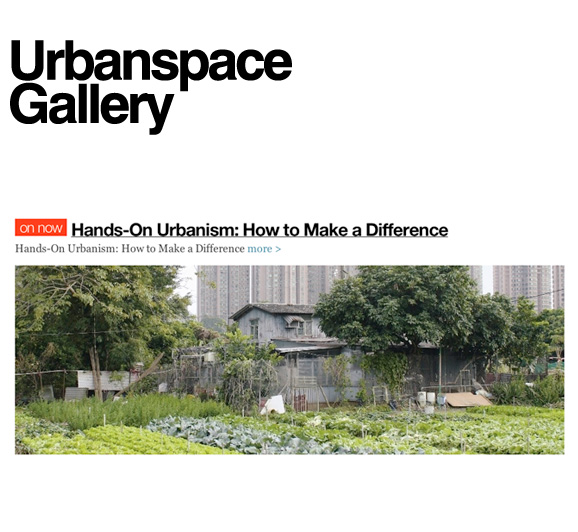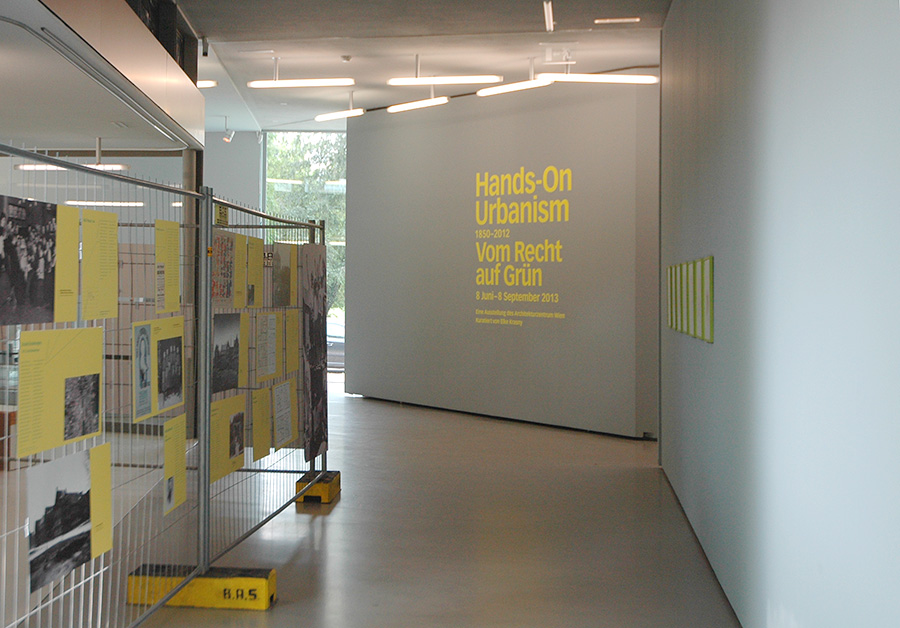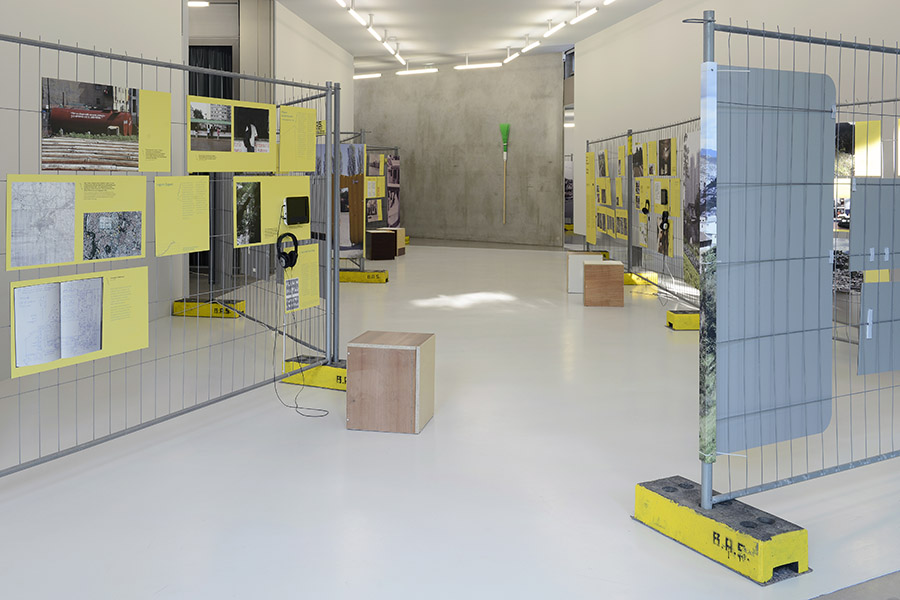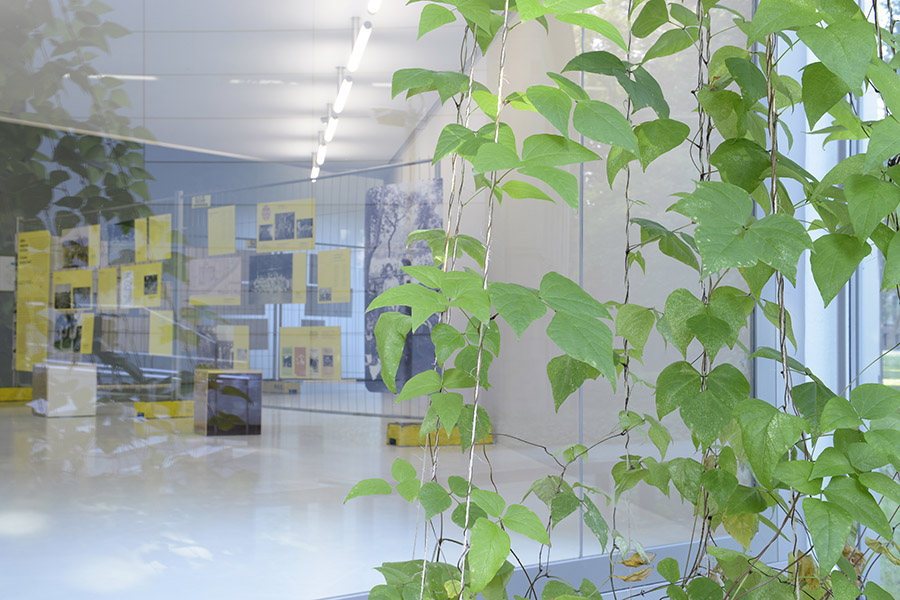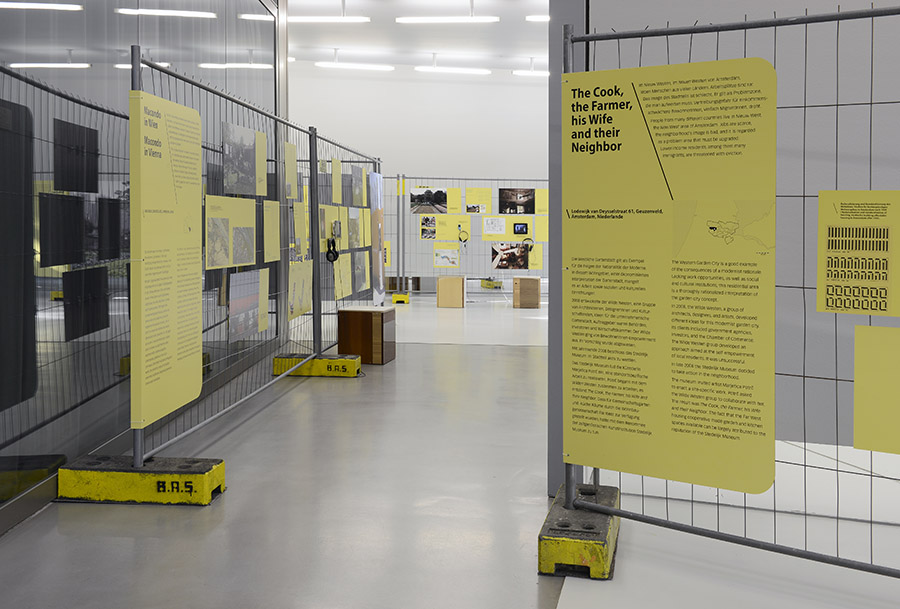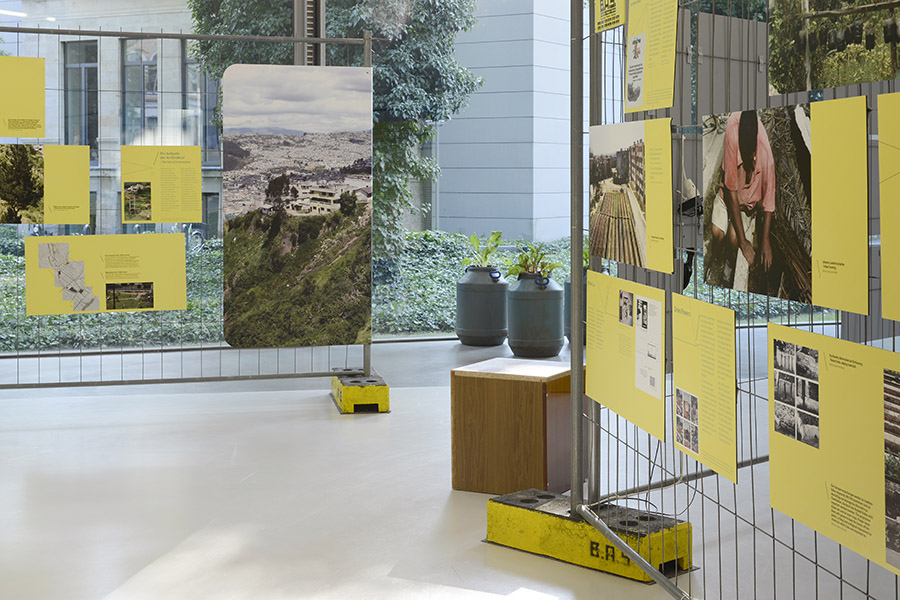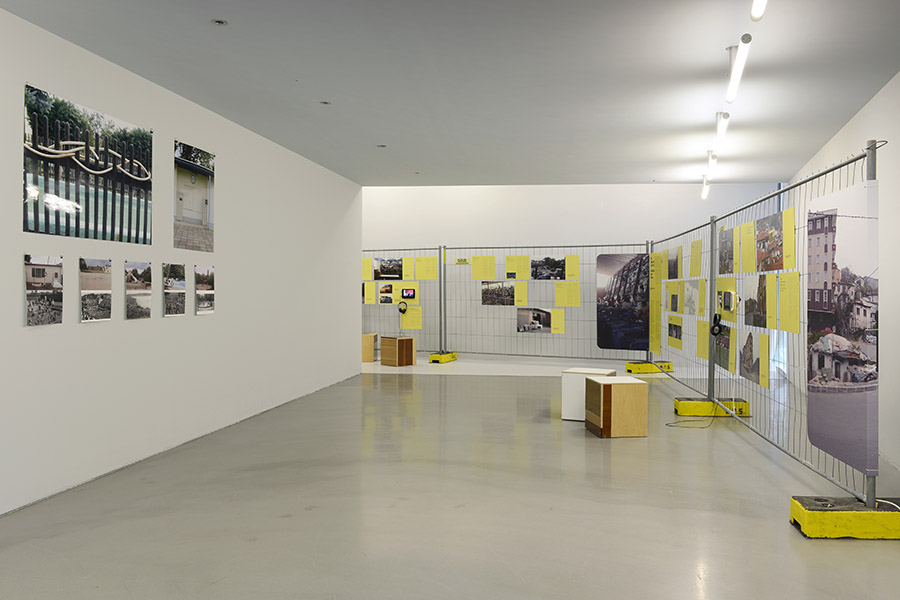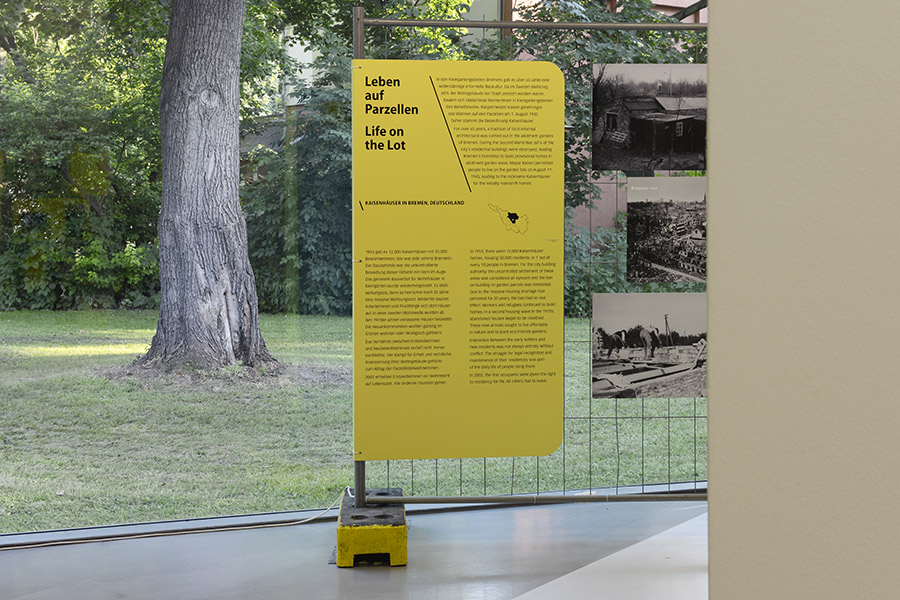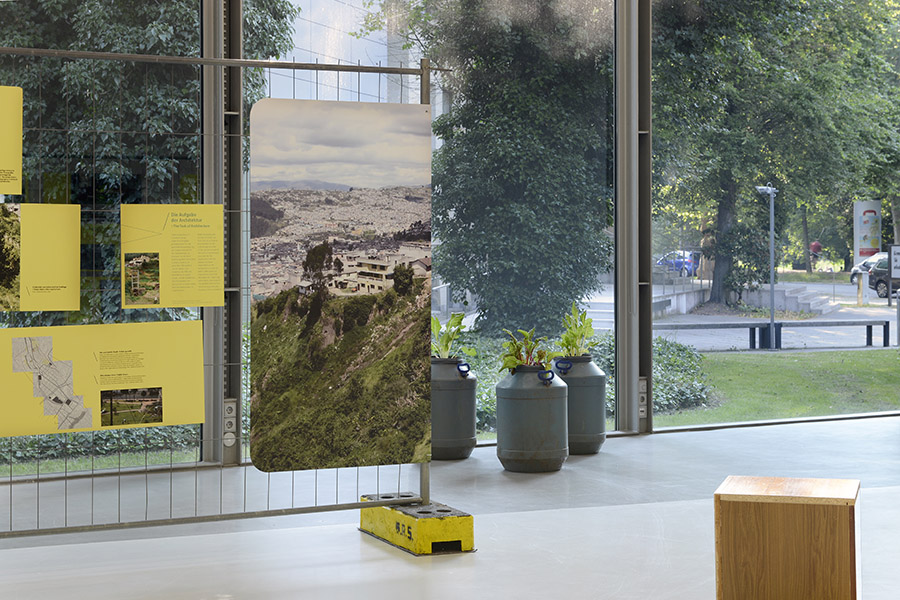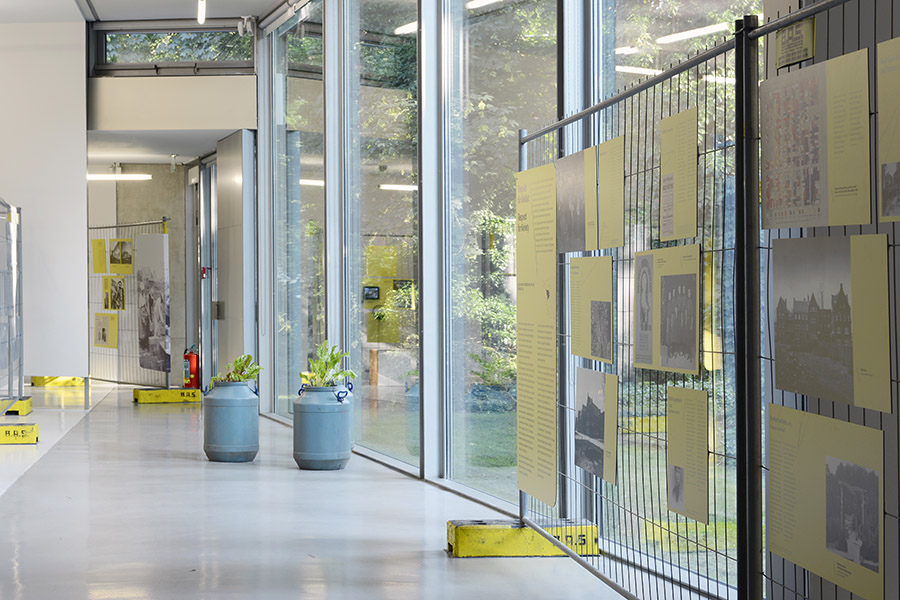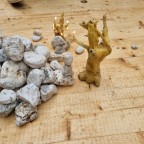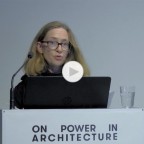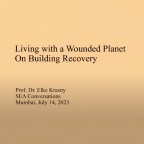Hands-On Urbanism. Le droit à l’espace vert
Hands-On Urbanism. Le droit à l’espace vert
au Salon Laurette 1950 du Centre, Montréal
6 novembre 2014 au 11 janvier 2015
Conférence de Elke Krasny suivi par une table ronde sur l’appropriation de l’espace vert à Montréal
l’École de design de l’UQAM, 28 novembre à 14h00 (Espace diffusion, 3e étage, 1440 rue Sanguinet)
Lecture by Elke Krasny followed by a round table discussion on the appropriation of green space in Montreal
École de design UQAM, Friday, 28 November at 2pm (Espace diffusion, 1440 Sanguinet).
Vous êtes toujours bienvenue à voir exposition au Salon Laurette, (1950 rue du Centre à Pointe-St-Charles), ouvert au public vendredi 13h-20h et samedi/dimanche 13h-17h jusqu’au 11 janvier 2015. | You are also welcome to visit the exhibition ‘Hands-on Urbanism: Le droit à l’espace vert’ at Salon Laurette (1950 du Centre in Pointe-St-Charles), open to the public Fridays 1pm-8pm and Saturday/Sunday 1pm-5pm until 11 January 2015.
Hands-on / pratique, comportant des actions, basé sur la participation active
Urbanism / urbanisation; la culture et le mode de vie des occupants urbains
L’urbanisme pratique, l’urbanisme tangible, l’urbanisme ‹ bottom-up ›, et l’urbanisation irrégulière ne constituent pas l’exception à la règle – ce sont les forces motrices sous-tendant le développement urbain et souvent des changements de politiques urbaines. Depuis les débuts de l’industrialisation, d’abord en Europe et en Amérique du Nord et ensuite dans les pays de l’hémisphère Sud, jusqu’aux villes globales néolibérales d’aujourd’hui, définies par les promoteurs, l’histoire des processus de transformation urbaine se déroule telle une suite de situations critiques. Le jardinage, l’agriculture urbaine et l’occupation informelle témoignent de ces crises. Prenant racine à la base, ces pratiques auto-organisées et d’autoassistance constituent des vecteurs de changement dynamiques et inspirants.
Hands-on / practical, involving action, based on active participation
Urbanism / urbanization; the culture and way of life of urban dwellers
Hands-on urbanism, bottom-up urbanism, and irregular urbanization are not the exception to the rule – they are the driving forces behind the urban development and often behind changes in urban policy. From the onset of industrialization, first in Europe and North America and then in the global South, to today’s neoliberal, developer-driven global city, the history of urban transformation processes unfolds as a sequence of critical situations. Gardening and informal settling are indicative of these crises. Taking root from below, these self-organized, self-help practices are dynamic and inspiring agencies of change.
Commissaire / Curator : Elke Krasny
Graphisme / Graphic Design : Alexander Schuh
Traduction française / Translation to French : Marco Joubert
La version initiale de cette exposition a été présentée à l’Architekturzentrum Wien Az W en 2012 sous le titre Hands-On Urbanism 1850–2012. The Right to Green. L’exposition Hands-On Urbanism : The Right to Green a également été présentée à la Biennale d’Architecture de Venise. The original version of this exhibition was shown at the Architekturzentrum Wien Az W in 2012 under the title Hands-On Urbanism 1850–2012. The Right to Green. The exhibition was also presented at the 2012 Venice Architecture Biennale.
